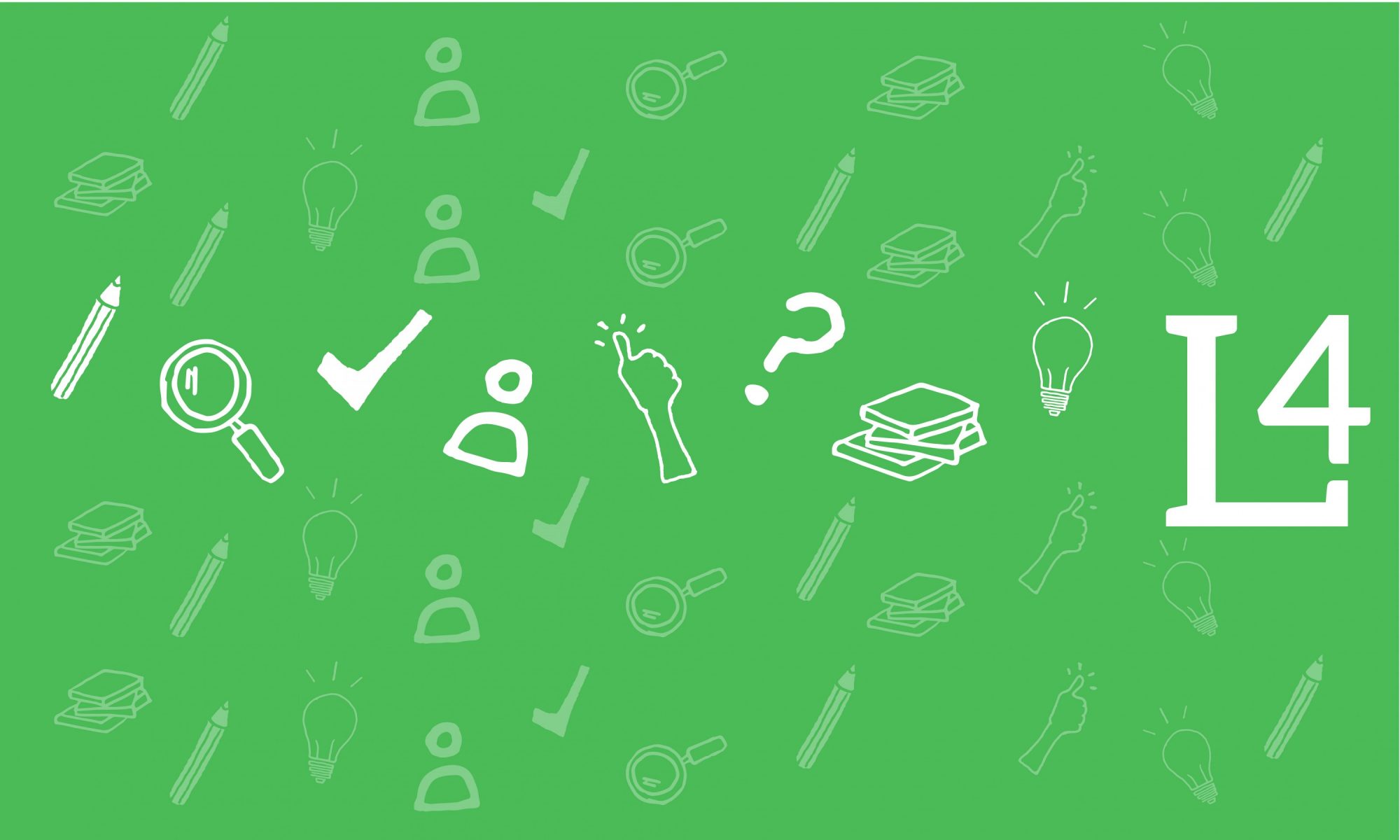Group Presentation & Peer Evaluation
Giovanna Acosta
Social Sciences/ Citytech
PSY 2404- Personnel & Organizational Psychology
Activity Description: Provide a brief description of the activity
Class is divided into five groups at the beginning of the semester. Groups work together on assignments and activities and are given opportunities to problem-solve and collaborate during each class.
For this assignment, each group is tasked with selecting a personnel/workplace-related topic from a list provided and leading a 10-minute classroom “training” on that chosen topic. After the presentations, each team member must also complete an individual peer evaluation to discuss team dynamics and how well they believed the team worked together.
Learning Goals: What do you aim to achieve with this activity?
This group assignment aims to assess the ability to integrate “Organizational Learning” in an applied context. The goal of the presentation is to showcase the group's understanding of their selected topic and help the audience understand it as well.
This assignment also aims to encourage team members to reflect on the general team dynamics they observed as well as the role that they played in it.
Timing: At what point in the lesson or semester do you use this activity? How much classroom time do you devote to it? How much out-of-class time is expected?
This assignment is due after we cover organizational learning (training and development) and Organizational teams. That way, students can utilize the content learned in the organizational learning session to improve their training, as well as use the content learned during the organizational teams lesson to evaluate their team dynamics when completing the peer evaluation. The assignment consists of three parts and the dates are as follows:
– Part 1: Pick a topic out of the list provided- Due: In class, 2/21/24
– Part 2: Group presentation- Due: In class, 4/17/24
– Part 3: Individual Peer Evaluation/Group Reflection – Due: On blackboard end of day 4/17/24
Logistics: What preparation is needed for this activity? What instructions do you give students? Is the activity low-stakes, high-stakes, or something else?
Teams are tasked with selecting a topic from a list provided. Each topic includes additional sub-topics to help provide guidance.
Additional guidelines include:
– Students must be present during their group presentation to receive credit
– Every member of the team will receive the same grade for the presentation
– Presentations should be no longer than 10 minutes long with an additional 5 minutes allotted for questions (For a total of 15 minutes)
– Presentations may use PowerPoint, incorporate handouts, a class activity, videos, or other tasks as appropriate.
Assessment: How do you assess this activity? What assessment measures do you use? Do you use a VALUE rubric? If not, how did you develop your rubric? Is your course part of the college-wide general education assessment initiative?
Presentation: Max total score- 75%
– Content Knowledge: The presentation exhibits a deep understanding of the chosen topic, with clear connections made to industrial organizational psychology principles.
Max score: 20%
– Presentation delivery- Engagement: The presentation is highly engaging, clear, and well-paced, capturing the audience's attention throughout. Visual aids, if used, enhance comprehension.
Max score: 15%
– Presentation delivery- Organization & Structure: The presentation is well-organized, with a clear structure that guides the audience through the content logically. Transitions between sections are smooth and seamless.
Max score: 15%
– Collaboration & Teamwork: All group members actively contribute to the presentation, demonstrating strong teamwork, cooperation, and mutual support.
Max score- 15%
– Time Management
The presentation stays within the allotted time frame (10 minutes), effectively managing time for content delivery and audience engagement.
Max score- 10%
Individual Peer Evaluation/Group Reflection : Max Total score: 25%
– Completes evaluation: Max score- 15%
– Demonstrates understanding of group dynamics: Max score- 10%
Reflection: How well did this activity work in your classroom? Would you repeat it? Why or why not? What challenges did you encounter, and how did you address them? What, if anything, would you change? What did students seem to enjoy about the activity?
I enjoyed this activity very much and I think the students did as well. The students got to work together, explore a topic of their choosing, create a visual, and engage in different group dynamics.
I would repeat this assignment next year as teamwork skills are crucial for success not only in the workplace but in the classroom as well. Learning how to work together on a singular goal is a valuable skill for any student to learn. Students enjoyed how this activity let them take the lead and positioned them as the experts on their chosen topic. In addition, I think the students enjoyed the peer evaluation as it allowed them to reflect on their roles, and what could have been improved, as well as express any challenges they may have faced with others in their team.
One challenge I encountered is the timing. Students were allotted 10 minutes to present. Every single group went over except one. In the future, I would provide more time for each group (15 minutes rather than 10) because some groups had five people and, therefore could have used a little more time to fully express their ideas. In addition, I would move the entire assignment to the end of the semester rather than in the middle, so that students have the opportunity to work together for a while longer as the “working together” is where I believe the value is.
Additional Information: Please share any additional comments and further documentation of the activity – e.g. assignment instructions, rubrics, examples of student work, etc. These can be links to pages or posts on the OpenLab.
Topics students got to pick from:
1. Employee Motivation and Engagement:
Theories of motivation (e.g., Maslow's Hierarchy of Needs, Herzberg's Two-Factor Theory) and their application in the workplace.
Strategies for enhancing employee engagement and job satisfaction.
The role of rewards, recognition, and feedback in motivating employees.
2. Leadership Styles and Organizational Effectiveness:
Different leadership theories (e.g., transformational, transactional, situational) and their impact on organizational outcomes.
Case studies of successful and unsuccessful leadership in real-world organizations.
Strategies for developing effective leadership skills among managers and executives.
3. Workplace Diversity and Inclusion:
The business case for diversity and inclusion.
Strategies for managing diverse teams and promoting inclusivity in the workplace.
Addressing unconscious bias and creating a culture of belonging.
4. Employee Training and Development:
Needs assessment and training program design.
Evaluating the effectiveness of training interventions.
Implementing continuous learning initiatives and career development pathways.
5. Performance Management and Appraisal:
Best practices for setting performance goals and providing feedback.
Performance appraisal methods and their pros and cons.
Addressing performance issues and managing underperformance.
6. Workplace Stress and Well-being:
Identifying sources of workplace stress and their impact on employee health and productivity.
Strategies for promoting work-life balance and managing stress in the workplace.
The role of organizational culture and leadership in fostering employee well-being.
7. Job Analysis and Design:
Conducting job analysis to understand the requirements of different roles within an organization.
Designing jobs to optimize employee satisfaction and performance.
Job crafting and its implications for employee engagement and retention.
8. Organizational Change and Development:
Models of organizational change (e.g., Lewin's Change Management Model, Kotter's Eight-Step Change Model).
Overcoming resistance to change and facilitating successful change initiatives.
Building change-ready organizations in an era of rapid technological and market shifts.
9. Workplace Conflict Resolution:
Understanding the causes of workplace conflict and its impact on productivity and morale.
Conflict resolution strategies and negotiation techniques.
Creating a culture of constructive conflict management and resolution.
10. Employee Well-being Programs:
Designing and implementing wellness programs to promote physical and mental health in the workplace.
Evaluating the effectiveness of well-being initiatives and measuring their impact on organizational outcomes.
Addressing burnout and promoting resilience among employees
Please share a helpful link to a pages or post on the OpenLab
https://docs.google.com/document/d/19GmUphRsf5ckPESNOv7DW-MczmsORcRde23ZDKtjbHc/edit



